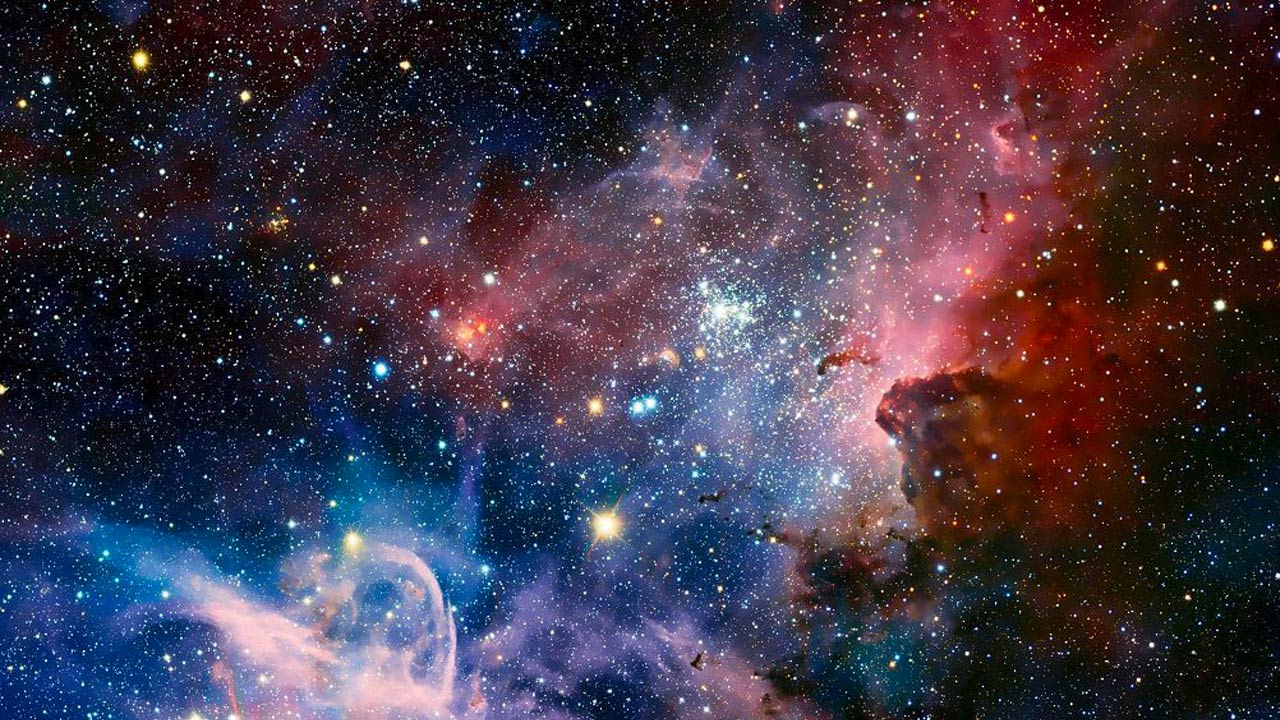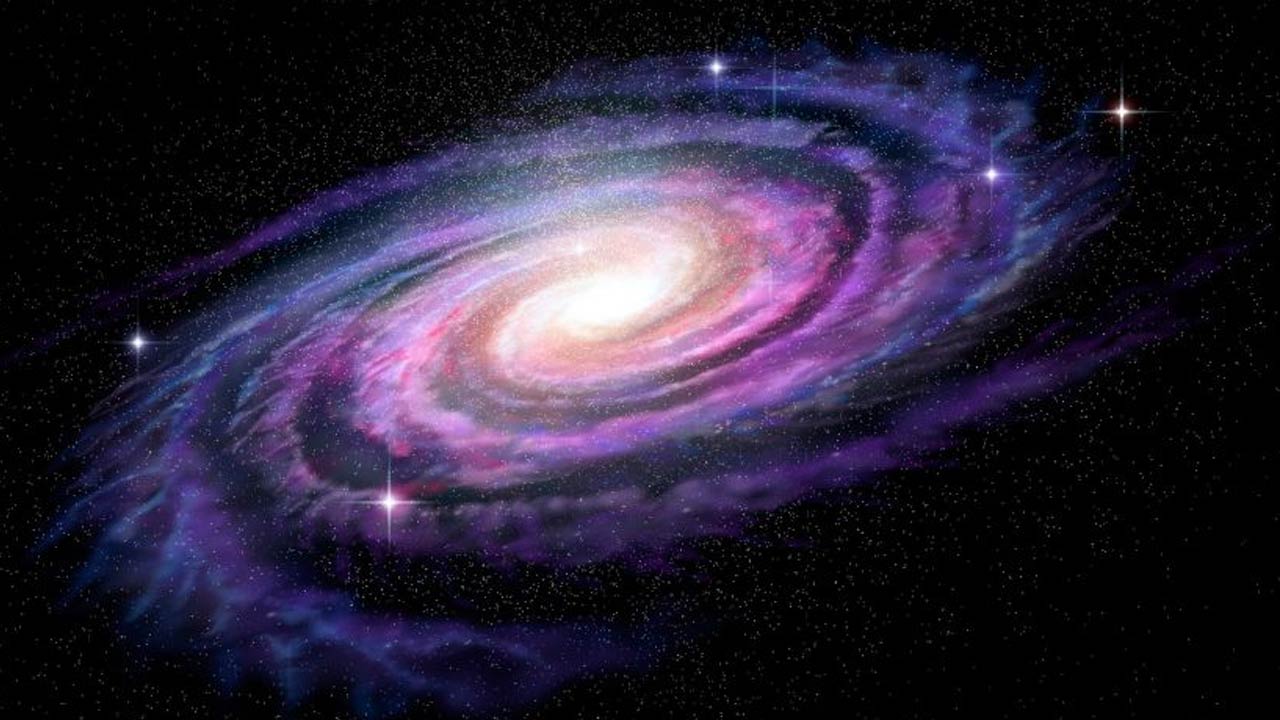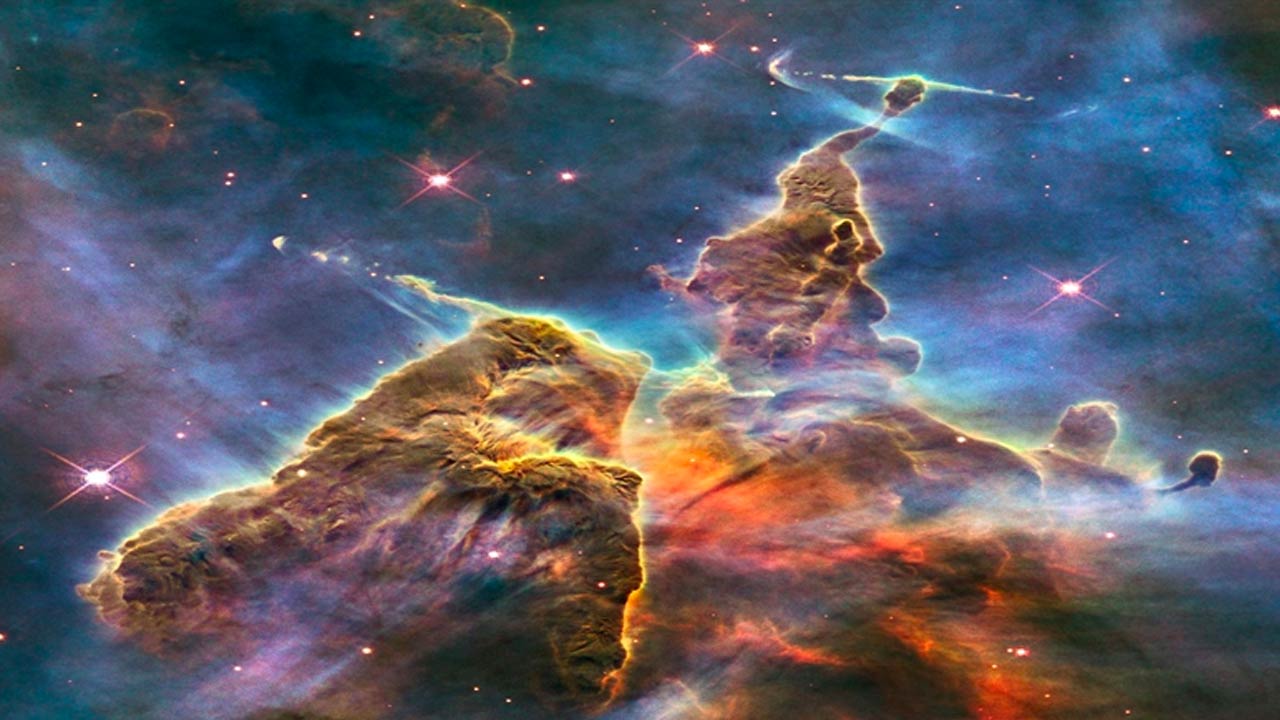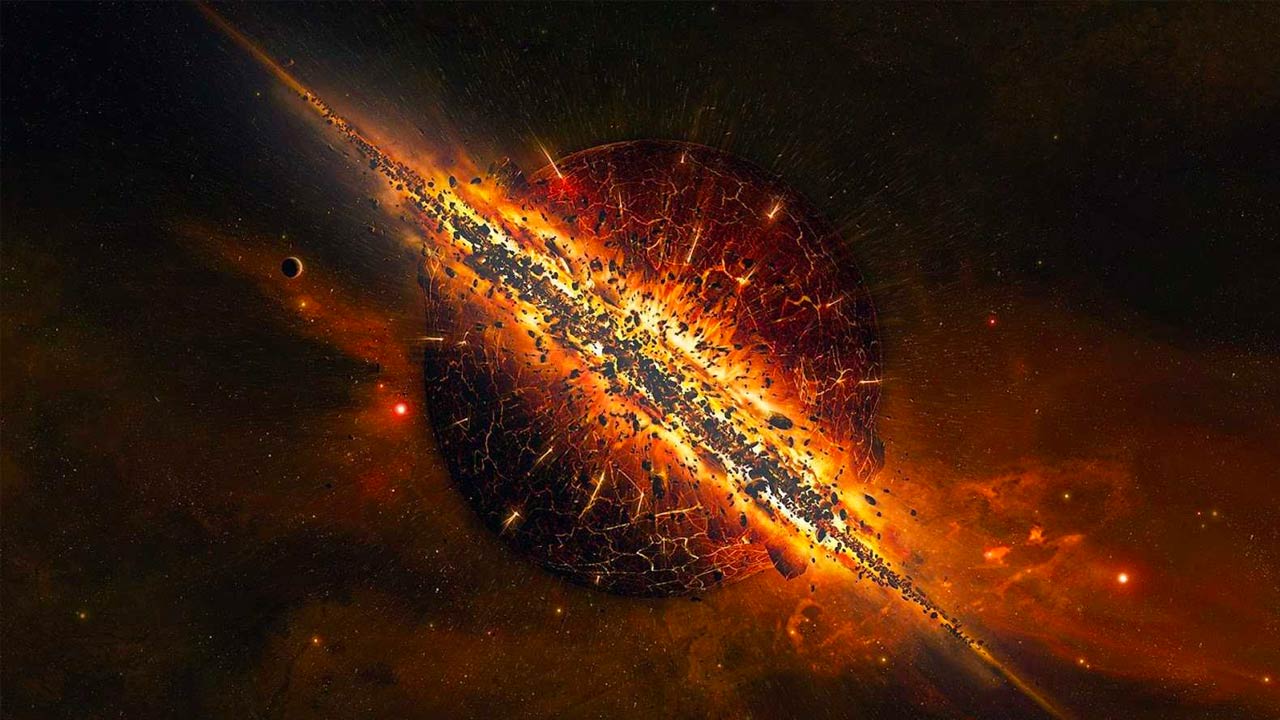NASA’s James Webb Space Telescope set off into deep space today. The new space telescope “What is it? and Why is it important?” If you think so, let’s examine the four main tasks of the telescope together.
an infrared space observatory James Webb Space Telescope (JSWT) was launched on the Arianespace Ariane 5 rocket from the European Space Agency’s (ESA) launch site in French Guiana at noon today. The moments when the telescope was launched were broadcast simultaneously on NASA’s YouTube channel.
The new space telescope will conduct research to reveal the history of the universe. NASA’s largest and most powerful space science telescope, the James Webb Space Telescope, is 1 million miles (1.5 million kilometers) from Earth; It will orbit the Sun. It’s about time the space telescope reaches its permanent position. 30 days it will last.
Orbital journey of new space telescope begins
As the telescope reaches orbit, a series of adjustments will be made, such as its successful calibrating and placement and alignment. To the Space Telescope Science Institute For the best images to come from the new telescope, about 6 months old some time will be needed.
NASA’s James Webb Space Telescope; the first light in the universe, the formation of galaxies in the early universe, the birth of stars and the history of planets. 4 main topics After the necessary technical adjustments, the James Webb Space Telescope has also provided us with access to many fascinating photographs so far. Hubble Space Telescope It’s expected to take great photos.
RELATED NEWS
13 Billion Years to Go Back: James Webb Space Telescope to Be Humanity’s New Eye in Space Launched into Space [Video]
First light and ionization

This mission is after the Big Bang started the universe as we know it today; refers to the investigation of the first stages of the universe. The universe was originally filled with particles such as electrons, protons, and netrons. The light required for these particles to begin to coalesce in the universe emerged as the particles cooled. James Webb Space Telescope first your first light will follow. It will also examine the “reionization era” after the first stars formed.
assembly of galaxies

The spiral and elliptical galaxies we see today are the result of evolution over billions of years. Today, galaxy studies are the best way to look for clues about how the universe evolved. James Webb Telescope to better understand evolution oldest galaxies will review.
RELATED NEWS
From Jupiter to Mars: Space Missions Scheduled for 2022
The birth of stars and planetary systems

Stars form in gas clouds and as they grow, they blow cocoon gas under the influence of radiation pressure. The infrared eyes of the new space telescope, including stars born in these cocoons heat sources will review.
Planets and origins of life

Understanding the atmospheres and formation conditions of planets can help scientists better predict whether certain planets are habitable. Many exoplanets have been discovered in recent years, with the help of NASA’s planet-seeking Kepler Space Telescope. The powerful sensors of the James Webb Space Telescope these planets will be able to delve deeper (including viewing their atmosphere).
RELATED NEWS
